Grow Honeysuckle on Trellis and transform your garden into a fragrant, vibrant haven! Imagine stepping outside and being greeted by the sweet, intoxicating scent of honeysuckle, its delicate blooms cascading down a beautifully crafted trellis. Sounds dreamy, right? Well, it’s easier than you think to achieve this enchanting look yourself with a few simple DIY tricks.
For centuries, honeysuckle has been cherished not only for its beauty but also for its medicinal properties and symbolic meaning. In many cultures, it represents love, devotion, and affection. Think of it as adding a touch of romance and history to your outdoor space! But beyond the symbolism, growing honeysuckle on a trellis is a practical solution for adding vertical interest, creating privacy, and attracting pollinators like hummingbirds and butterflies to your garden.
Let’s face it, sometimes our gardens need a little boost. Maybe you’re short on space, or perhaps you’re just looking to add some visual appeal. That’s where this DIY guide comes in! I’m going to share my favorite tips and tricks for successfully grow honeysuckle on trellis, even if you’re a complete beginner. We’ll cover everything from choosing the right trellis and preparing the soil to training your honeysuckle vine for maximum impact. Get ready to unleash your inner gardener and create a stunning focal point in your backyard!
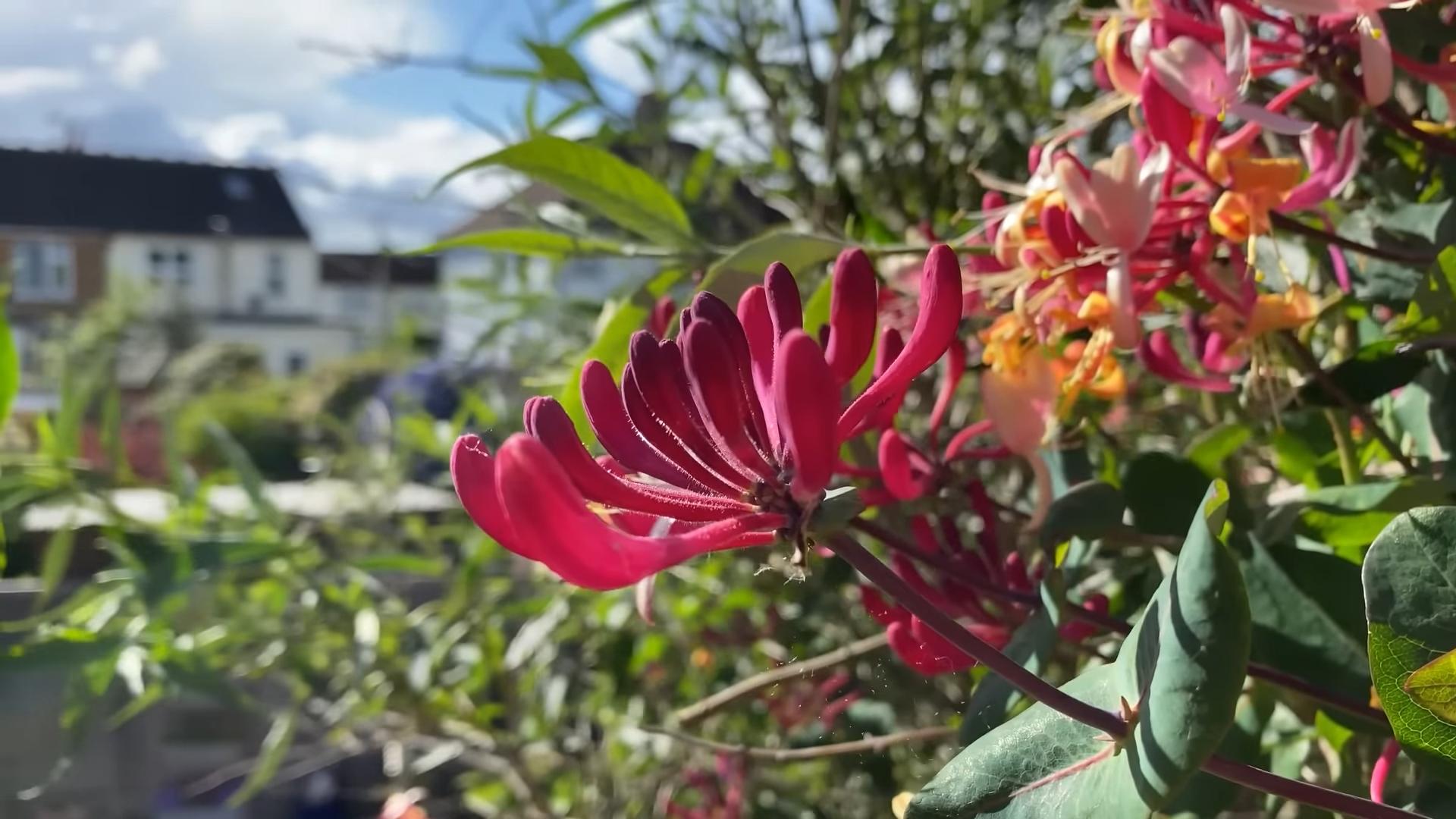
DIY: Creating a Stunning Honeysuckle Trellis for Your Garden
Okay, honeysuckle lovers, let’s get our hands dirty! I’m so excited to share my guide on how to create a beautiful and thriving honeysuckle trellis. Honeysuckle is such a rewarding plant – fragrant, gorgeous blooms that attract hummingbirds and butterflies, and a relatively easy climber. This project is perfect for adding vertical interest to your garden, creating a privacy screen, or simply enjoying the sweet scent of honeysuckle near your patio.
Choosing Your Honeysuckle Variety
Before we dive into building the trellis, let’s talk about honeysuckle varieties. Not all honeysuckles are created equal! Some are invasive, while others are well-behaved and native. I highly recommend choosing a native variety to support your local ecosystem. Here are a few of my favorites:
* Trumpet Honeysuckle (Lonicera sempervirens): This beauty boasts vibrant red-orange flowers that are a hummingbird magnet. It’s non-invasive and relatively low-maintenance.
* Japanese Honeysuckle (Lonicera japonica): While incredibly fragrant, be cautious! This one can be invasive in some regions. If you choose this, keep a close eye on its spread.
* Goldflame Honeysuckle (Lonicera x heckrottii ‘Goldflame’): A hybrid with stunning pink and yellow flowers. It’s less aggressive than Japanese honeysuckle and offers a long bloom time.
Important Note: Always research the specific honeysuckle variety you’re considering to ensure it’s suitable for your climate and won’t become invasive in your area.
Planning Your Trellis Design
Now, let’s get creative with the trellis design! The possibilities are endless, but here are a few ideas to get you started:
* Simple A-Frame Trellis: This is a classic and easy-to-build option. It’s perfect for smaller spaces or for supporting young honeysuckle plants.
* Fan Trellis: A fan trellis adds a touch of elegance to your garden. You can purchase pre-made fan trellises or build your own using wood or metal.
* Wall-Mounted Trellis: Ideal for growing honeysuckle against a wall or fence. You can use a lattice panel or create a custom design with wires or wooden slats.
* Arched Trellis: For a dramatic statement, consider an arched trellis. This will create a beautiful entryway or focal point in your garden.
Things to Consider:
* Size: How large do you want your trellis to be? Consider the mature size of your honeysuckle variety.
* Material: Wood, metal, or even bamboo can be used to build a trellis. Choose a material that complements your garden style and is durable enough to withstand the elements.
* Location: Where will you be placing the trellis? Make sure the location receives adequate sunlight for your honeysuckle.
* Stability: Ensure your trellis is sturdy and well-anchored to prevent it from tipping over, especially when the honeysuckle is fully grown.
Materials You’ll Need
Okay, time to gather our supplies! This list will vary depending on the trellis design you choose, but here’s a general idea:
* Lumber: Pressure-treated lumber is best for outdoor projects as it resists rot and decay.
* Screws or Nails: Choose screws or nails that are appropriate for outdoor use.
* Wire or Twine: For training the honeysuckle vines.
* Measuring Tape: Essential for accurate measurements.
* Saw: For cutting the lumber to size.
* Drill: For pre-drilling holes and driving screws.
* Level: To ensure your trellis is straight.
* Gloves: To protect your hands.
* Safety Glasses: Always wear safety glasses when working with power tools.
* Post Hole Digger or Shovel (if needed): For setting posts in the ground.
* Concrete Mix (if needed): For securing posts in the ground.
* Honeysuckle Plant: Of course! Choose a healthy plant from a reputable nursery.
* Gardening Gloves: To protect your hands while planting.
* Trowel: For digging the planting hole.
* Watering Can or Hose: For watering the newly planted honeysuckle.
Building Your Trellis: Step-by-Step Guide
For this guide, I’ll focus on building a simple A-frame trellis. It’s a great starting point for beginners and can be easily adapted to different sizes and styles.
Section 1: Cutting the Lumber
1. Measure and Cut the Legs: Decide on the desired height of your trellis. I recommend a height of 6-8 feet. Cut four pieces of lumber to this length. These will be the legs of your A-frame.
2. Measure and Cut the Crossbar: The crossbar will connect the two A-frames. Cut one piece of lumber to the desired width of your trellis. I usually go for about 3-4 feet.
3. Measure and Cut the Support Slats (Optional): These slats will provide additional support for the honeysuckle vines. Cut several pieces of lumber to the desired length. The length will depend on the width of your A-frame.
Section 2: Assembling the A-Frames
1. Create the A-Frame Shape: Take two of the leg pieces and lean them against each other to form an A-shape. Adjust the angle until you’re happy with the width of the base.
2. Secure the Top: Use screws or nails to secure the two legs together at the top. Pre-drilling holes will prevent the wood from splitting.
3. Repeat: Repeat steps 1 and 2 to create a second A-frame.
Section 3: Connecting the A-Frames
1. Attach the Crossbar: Position the crossbar horizontally between the two A-frames, near the top.
2. Secure the Crossbar: Use screws or nails to attach the crossbar to the A-frames. Make sure the crossbar is level.
Section 4: Adding Support Slats (Optional)
1. Position the Slats: Space the support slats evenly between the legs of the A-frames.
2. Secure the Slats: Use screws or nails to attach the support slats to the legs.
Section 5: Finishing Touches
1. Sand Rough Edges: Use sandpaper to smooth any rough edges or splinters.
2. Paint or Stain (Optional): If desired, paint or stain the trellis to protect it from the elements and match your garden décor. Make sure to use exterior-grade paint or stain.
Planting Your Honeysuckle
Now for the fun part – planting your honeysuckle!
1. Choose the Right Location: Honeysuckle prefers full sun to partial shade. Make sure the location you choose receives at least 6 hours of sunlight per day.
2. Prepare the Soil: Honeysuckle thrives in well-drained soil. Amend the soil with compost or other organic matter to improve drainage and fertility.
3. Dig the Planting Hole: Dig a hole that is twice as wide as the root ball of your honeysuckle plant and just as deep.
4. Remove the Plant from the Container: Gently remove the honeysuckle plant from its container. Loosen the roots slightly to encourage them to spread.
5. Plant the Honeysuckle: Place the honeysuckle plant in the planting hole, making sure the top of the root ball is level with the surrounding soil.
6. Backfill the Hole: Fill the hole with soil, gently firming it around the plant.
7. Water Thoroughly: Water the newly planted honeysuckle thoroughly.
Training Your Honeysuckle
Honeysuckle needs a little guidance to climb the trellis. Here’s how to train it:
1. Gently Guide the Vines: As the honeysuckle vines grow, gently guide them towards the trellis.
2. Secure the Vines: Use wire or twine to loosely secure the vines to the trellis. Don’t tie them too tightly, as this can damage the vines.
3. Prune as Needed: Prune the honeysuckle regularly to encourage branching and flowering. Remove any dead or diseased growth.
Caring for Your Honeysuckle
With a little care, your honeysuckle will thrive and provide you with years of beauty and fragrance.
* Watering: Water regularly, especially during dry periods. Honeysuckle prefers moist soil, but avoid overwatering.
* Fertilizing: Fertilize in the spring with a balanced fertilizer.
* Mulching: Apply a layer of mulch around the base of the plant to help retain moisture and suppress weeds.
* Pest Control: Keep an eye out for pests such as aphids
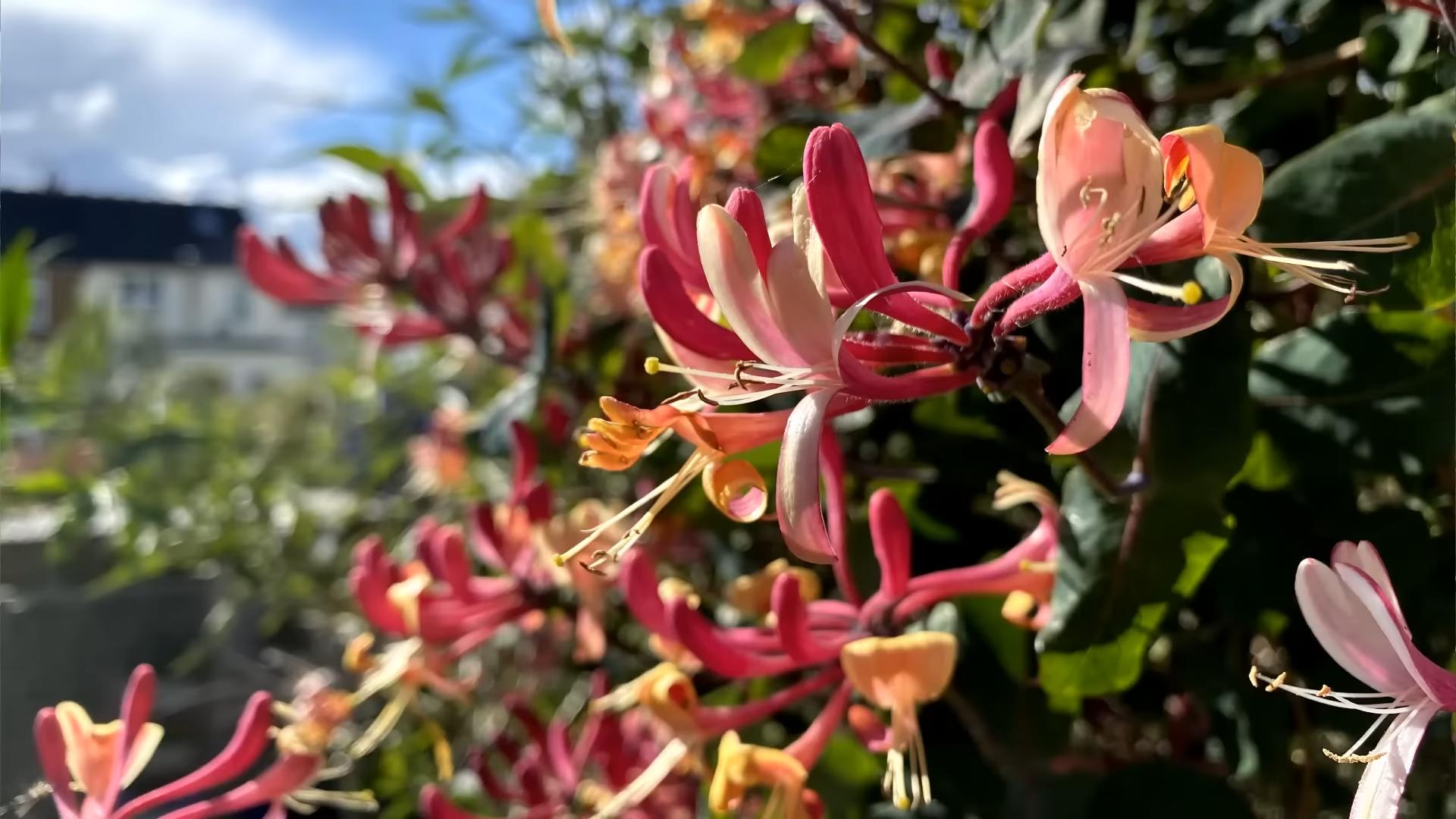
Conclusion
So, there you have it! Growing honeysuckle on a trellis isn’t just about adding a beautiful plant to your garden; it’s about creating a fragrant, vibrant ecosystem that attracts pollinators and elevates your outdoor space. This DIY project is a must-try for several compelling reasons. First, it’s incredibly rewarding to witness the transformation of a young honeysuckle vine into a flourishing, climbing masterpiece. The visual impact alone is worth the effort, as the cascading blooms create a stunning focal point. Second, the intoxicating fragrance of honeysuckle is simply unmatched. Imagine stepping outside and being greeted by the sweet, delicate scent that fills the air – a natural aromatherapy session right in your own backyard!
But beyond the aesthetic and aromatic benefits, training honeysuckle on a trellis is also a practical solution for managing its growth. Without support, honeysuckle can become unruly and invasive. A trellis provides a structured framework, allowing you to control its spread and prevent it from overtaking other plants. This makes it an ideal choice for smaller gardens or for gardeners who prefer a more manicured look.
Why is this DIY trick a must-try? Because it’s a relatively simple and inexpensive way to dramatically enhance your garden’s beauty, fragrance, and ecological value. It’s a project that even beginner gardeners can tackle with confidence, and the results are truly spectacular.
Consider these variations to personalize your honeysuckle trellis project:
* Choose different honeysuckle varieties: Explore the diverse world of honeysuckle! From the classic Japanese honeysuckle (Lonicera japonica) to the native American honeysuckle (Lonicera sempervirens), each variety offers unique flower colors, fragrances, and growth habits. Research which varieties are best suited for your climate and desired aesthetic.
* Experiment with trellis designs: Don’t limit yourself to a standard rectangular trellis. Get creative with arches, obelisks, or even repurposed materials like old ladders or gates. The trellis itself can become a decorative element in your garden.
* Companion planting: Enhance the beauty and health of your honeysuckle by planting complementary species nearby. Consider adding plants that attract pollinators, such as lavender, salvia, or bee balm. These will not only benefit the honeysuckle but also create a vibrant and diverse ecosystem.
* Vertical Garden: Use the trellis as a base for a vertical garden. Add pockets or containers to the trellis to grow herbs, vegetables, or other flowering plants alongside the honeysuckle.
We strongly encourage you to embark on this DIY adventure and experience the joy of growing honeysuckle on a trellis. It’s a project that will bring beauty, fragrance, and a touch of magic to your garden for years to come. And most importantly, don’t forget to share your experiences! We’d love to see your trellis designs, hear about your favorite honeysuckle varieties, and learn any tips or tricks you discover along the way. Share your photos and stories on social media using #HoneysuckleTrellisDIY. Let’s inspire each other to create beautiful and thriving gardens! This is a great way to improve your honeysuckle trellis skills.
FAQ
Frequently Asked Questions About Growing Honeysuckle on a Trellis
1. What type of honeysuckle is best for growing on a trellis?
The best type of honeysuckle for a trellis depends on your climate, the size of your trellis, and your personal preferences. Some popular choices include:
* Japanese Honeysuckle (Lonicera japonica): This is a classic choice known for its fragrant white and yellow flowers. However, it can be invasive in some regions, so be sure to check your local regulations before planting.
* Trumpet Honeysuckle (Lonicera sempervirens): A native American variety with vibrant red or orange flowers that attract hummingbirds. It’s less aggressive than Japanese honeysuckle and a great option for those concerned about invasiveness.
* Goldflame Honeysuckle (Lonicera x heckrottii ‘Goldflame’): A hybrid variety with pink and yellow flowers that are highly fragrant. It’s a relatively compact grower, making it suitable for smaller trellises.
* Dropmore Scarlet Honeysuckle (Lonicera x brownii ‘Dropmore Scarlet’): Another hybrid with bright scarlet-red flowers. It’s known for its long blooming season and resistance to powdery mildew.
Consider the mature size of the honeysuckle variety and choose a trellis that can adequately support its growth. Also, research the specific needs of each variety, such as sunlight requirements and soil preferences.
2. How do I train honeysuckle to grow on a trellis?
Training honeysuckle on a trellis is a simple process that involves guiding the vines and securing them to the support structure. Here’s a step-by-step guide:
1. Plant the honeysuckle near the trellis: Ensure the base of the plant is close enough for the vines to reach the trellis easily.
2. Gently guide the vines: As the honeysuckle grows, gently weave the vines through the trellis structure.
3. Secure the vines: Use soft plant ties, twine, or even strips of fabric to secure the vines to the trellis. Avoid using wire or anything that could damage the stems.
4. Prune regularly: Prune the honeysuckle to encourage branching and maintain its shape. Remove any dead, damaged, or crossing branches.
5. Continue training: As the honeysuckle grows, continue to guide and secure the vines to the trellis. Be patient and persistent, and the honeysuckle will eventually cover the trellis beautifully.
3. How much sunlight does honeysuckle need?
Most honeysuckle varieties thrive in full sun (at least 6 hours of direct sunlight per day). However, some varieties can tolerate partial shade, especially in hotter climates. Insufficient sunlight can lead to reduced flowering and weaker growth. Research the specific sunlight requirements of your chosen honeysuckle variety to ensure it receives adequate light.
4. What type of soil is best for honeysuckle?
Honeysuckle prefers well-drained soil that is rich in organic matter. Amend the soil with compost or other organic materials before planting to improve drainage and fertility. The ideal soil pH is slightly acidic to neutral (around 6.0 to 7.0). Avoid planting honeysuckle in heavy clay soil, as this can lead to root rot.
5. How often should I water honeysuckle?
Water honeysuckle regularly, especially during dry periods. Newly planted honeysuckle needs more frequent watering to establish its root system. Once established, honeysuckle is relatively drought-tolerant, but it will still benefit from regular watering during hot, dry weather. Avoid overwatering, as this can lead to root rot.
6. Does honeysuckle need fertilizer?
Honeysuckle benefits from regular fertilization, especially during the growing season. Use a balanced fertilizer (e.g., 10-10-10) or a fertilizer specifically formulated for flowering plants. Apply the fertilizer according to the manufacturer’s instructions. Avoid over-fertilizing, as this can lead to excessive foliage growth at the expense of flowers.
7. How do I prevent honeysuckle from becoming invasive?
To prevent honeysuckle from becoming invasive, choose non-invasive varieties, such as native American honeysuckle (Lonicera sempervirens). Prune regularly to control its spread and remove any unwanted seedlings. Monitor the plant closely and take action if it starts to spread beyond its intended area. Consider planting honeysuckle in a container to restrict its growth.
8. What are some common problems with honeysuckle?
Some common problems with honeysuckle include aphids, powdery mildew, and honeysuckle witches’ broom. Aphids can be controlled with insecticidal soap or neem oil. Powdery mildew can be prevented by ensuring good air circulation and avoiding overhead watering. Honeysuckle witches’ broom is a fungal disease that causes dense clusters of shoots to form on the branches. Prune out affected branches to control the spread of the disease.
9. Can I grow honeysuckle in a container?
Yes, you can grow honeysuckle in a container, but you’ll need to choose a large container with good drainage. Select a compact honeysuckle variety that is well-suited for container growing. Provide a trellis or other support structure for the honeysuckle to climb on. Water and fertilize regularly, and repot the honeysuckle every few years as needed.
10. How long does it take for honeysuckle to bloom?
The time it takes for honeysuckle to bloom depends on the variety, the growing conditions, and the age of the plant. Some honeysuckle varieties may bloom in their first year, while others may take a few years to mature before flowering. Provide adequate sunlight, water, and fertilizer to encourage blooming.
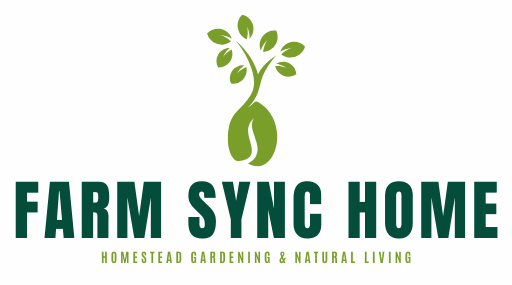
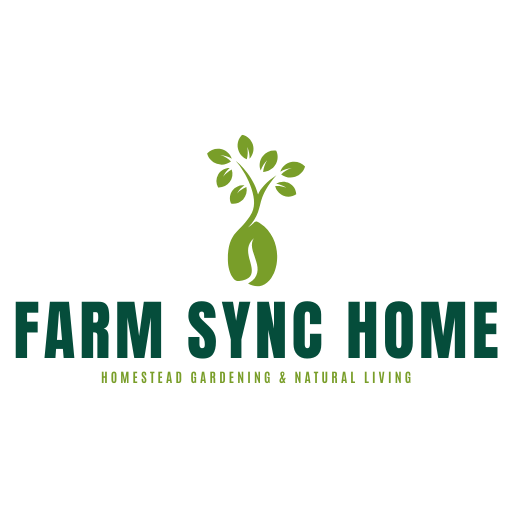

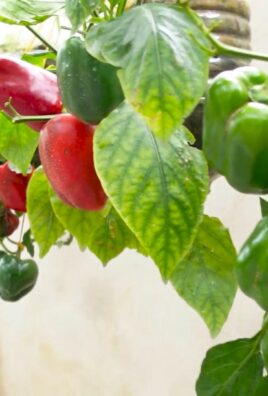

Leave a Comment